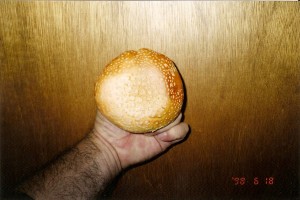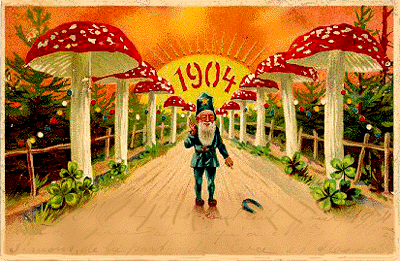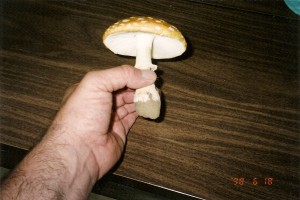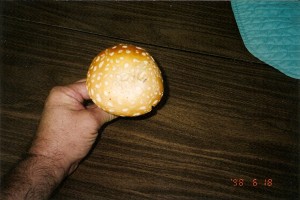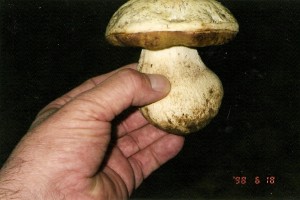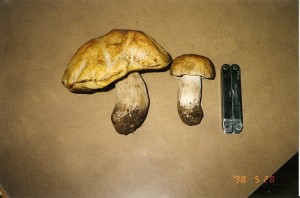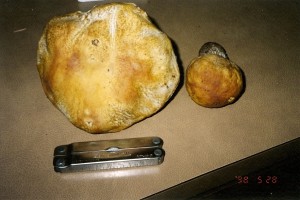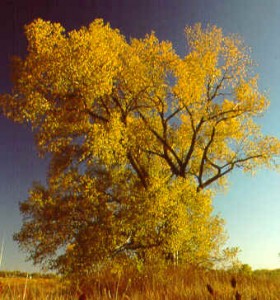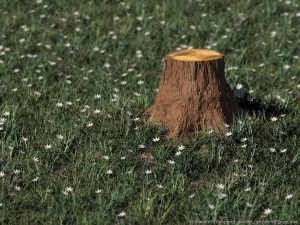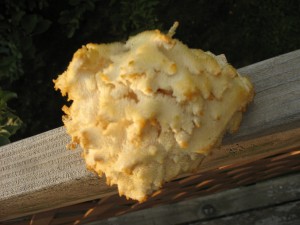The Fly Agaric or Aminita muscaria is a mushroom with a rich history.
The Fly Agaric gets it common name from farmers putting them in milk or water to induce a stupor to the flies that consumed the liquid. It is in the Amanita family along with some deadly poisonous mushrooms like the Death Cap, (Amanita phalloids), and the Destroying or Death Angel(Amanita ocreata).
They are fairly common and fun to find. Until I started finding them, I thought they only existed in fairy tales and kitchen decor.
They are the most used image in mushrooms, but most people think they are mythical!
This mushroom also has the most written about it of any mushroom I have researched. Mushroom identification books list it as anything from edible to poisonous. There are stories of Siberians using it for rituals, to likening the colors of Santa clause and Christmas to the famous mushroom. I surely would not eat this mushroom, and do not recommend it to anyone. The poisonous varieties of the Amanita family cause painful deaths as they attack and destroy the liver.
There is plenty to read about this mushroom and plenty of opinions. I just like to find it in the woods as there is a kind of mystical appeal to it. I have found them growing in a circle ranging in size from little unopened buttons to saucer sized caps. When they are large, they are hard to miss! Anytime I find one kind of mushroom, I know the conditions are right for other types.

